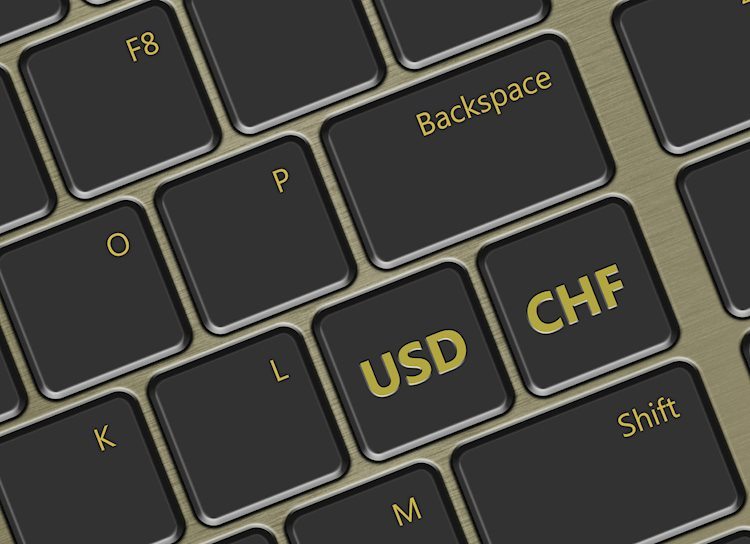The USD/CHF pair is facing selling pressure near 0.8405 in the early European trading hours on Thursday as dovish comments from US Federal Reserve (Fed) officials continue to weigh on the US Dollar (USD). Fed Chair Jerome Powell’s statement that it is time for the central bank to cut interest rates has led to expectations of a rate cut in September. Other Fed officials have also hinted at the possibility of further rate cuts in the near future. Additionally, rising geopolitical tensions in the Middle East are boosting safe-haven demand, benefiting the Swiss Franc (CHF) against the USD. Israel’s military launched raids and airstrikes in the occupied West Bank, leading to increased uncertainties in the region. The Swiss ZEW Survey Expectations for August came in at -3.4%, down from the previous reading of 9.4%, indicating economic concerns in Switzerland. Amidst these factors, the USD/CHF pair remains under pressure as traders anticipate further downside movement.
The Swiss Franc (CHF) is the official currency of Switzerland and is one of the top ten most traded currencies globally. Its value is influenced by various factors such as market sentiment, the country’s economic health, and actions taken by the Swiss National Bank (SNB). Between 2011 and 2015, the Swiss Franc was pegged to the Euro, resulting in a significant increase in its value when the peg was removed. Despite the end of the peg, CHF fortunes remain closely tied to the Euro due to the Swiss economy’s reliance on the Eurozone. The CHF is considered a safe-haven asset, favored by investors during times of market stress due to Switzerland’s stable economy, strong export sector, and geopolitical neutrality, making it an attractive choice for risk-averse investors.
The Swiss National Bank (SNB) meets four times a year to decide on monetary policy objectives, with the aim of maintaining an annual inflation rate of below 2%. When inflation exceeds target levels, the SNB may increase interest rates to curb price growth. Higher interest rates are generally positive for the Swiss Franc as they attract investors seeking higher yields. On the other hand, lower interest rates can weaken the CHF. Macroeconomic data releases in Switzerland play a crucial role in assessing the economy’s health and can impact the CHF’s valuation. Economic indicators such as growth, inflation, and employment rates can trigger movements in the CHF’s value.
Switzerland’s economy is closely tied to the Eurozone, with the broader European Union being its main economic partner. Stability in the Eurozone is vital for Switzerland’s economic and monetary stability, impacting the Swiss Franc’s value. High economic growth, low unemployment, and strong confidence levels are positive indicators for the CHF, while weakening economic data can lead to depreciation. Models suggest a strong correlation between the Euro and the CHF, highlighting the interrelation between the two currencies. As a small and open economy, Switzerland’s economic well-being is heavily influenced by developments in the Eurozone, making it essential for investors to monitor Eurozone economic and monetary policies when trading the Swiss Franc.











